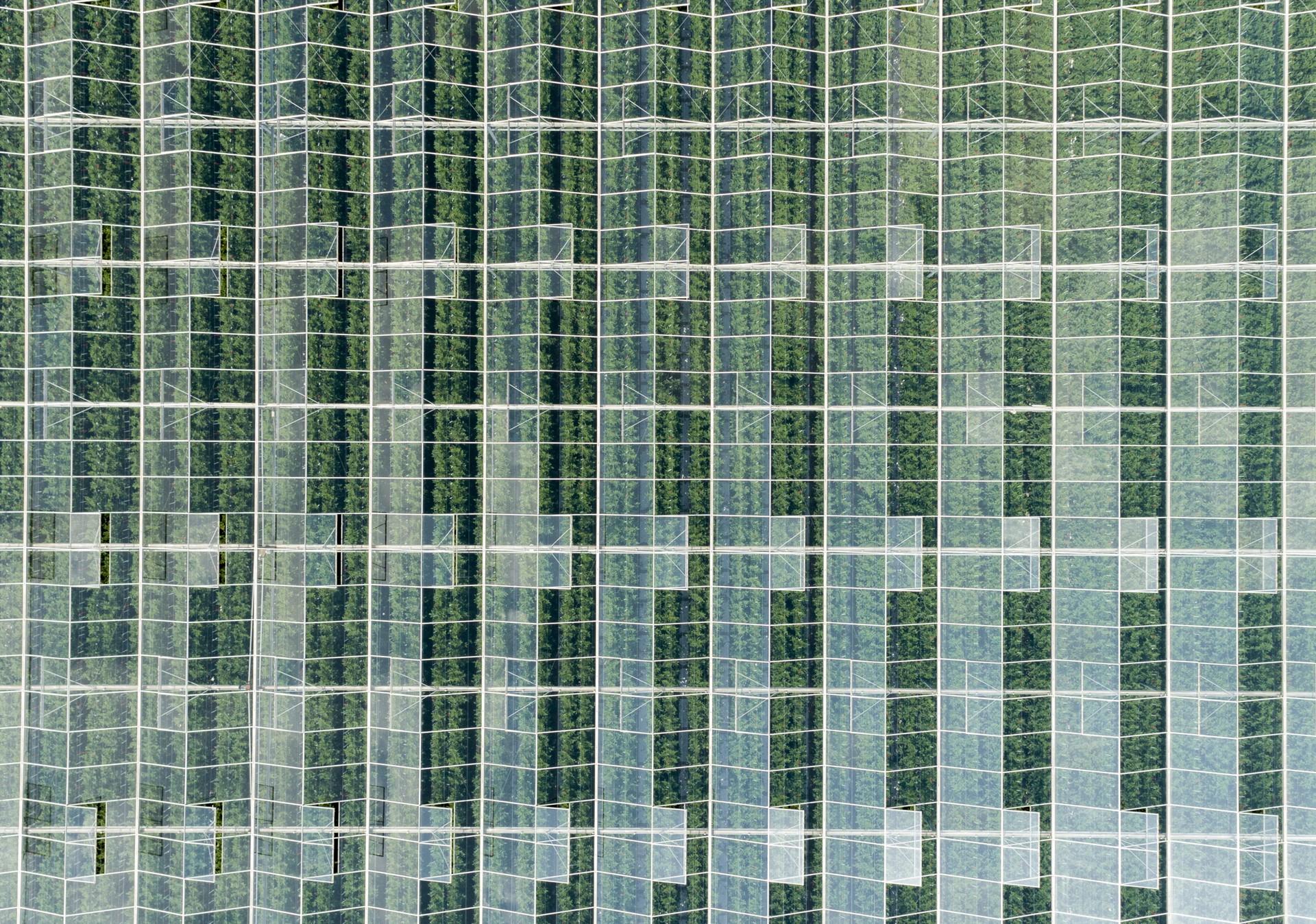The greenhouse horticulture sector wants to and can give the national energy transition a boost. Within five years, the annual Dutch natural gas consumption can be reduced by a total of over 900 million cubic meters. This rapid reduction, which is comparable to the annual consumption of more than 750,000 households, is unique in the Netherlands. This week the greenhouse horticulture sector is making this offer to politicians, the government and society at large. It can only be done in collaboration with the government. After all, the greenhouse horticulture sector must be helped through the current crisis.
On the road to climate neutrality
The greenhouse horticulture sector sees the consumption of fossil fuels in a different perspective than decades ago. Growers have been investing heavily in energy conservation and sustainability for more than fifteen years. The sector is leading the way in the development and use of geothermal and residual heat, and is initiating and driving the construction of heat networks to which homes can also be connected. And the sector is focusing on sustainable alternatives such as CO2 reuse and LED lighting. The investments of hundreds of millions of euros have already resulted in a substantial reduction in CO2 emissions. The Dutch greenhouse horticulture sector has the ambition to be climate neutral by 2040.
Preserve sustainable projects
.The signal to politics and society is of great importance, because all operational sustainable projects are currently at stake. By linking to the gas price, subsidies stop at high gas prices. If this linkage is maintained, dozens of sustainable projects will be discontinued in 2023, companies will reduce their use of gas, and gas consumption will increase by more than 340 million cubic meters annually. Decoupling the price of gas from that of subsidies can prevent this. The greenhouse horticulture sector does not want to take a step back in the energy transition, but to move forward with full force.
You can go faster
.A broad list of concrete measures and projects has been drawn up to accelerate the energy transition. The list makes clear that within five years more than 900 million cubic metres of gas can be saved annually. The impetus for the energy transition comprises three pillars. These are essential if the glasshouse horticulture sector is to make its offer to politicians and society a reality: to maintain and accelerate the process of sustainability in the core sector; to maintain existing sustainability projects; and to develop new sustainability projects at an accelerated pace. The greenhouse horticulture sector is urging politicians and the government to work together to achieve this. If they do, growers will be able to switch away from natural gas more quickly.
Value of greenhouse horticulture
.Greenhouse horticulture makes an important contribution to a sustainable, healthy and happy society. Growers guarantee a rich and varied supply of vegetables, fruit, flowers and plants. These products are of great importance to many millions of consumers in Europe, every day. By using energy wisely, the sector is an important link in the electricity supply of our country. The Dutch horticultural cluster makes a major economic contribution to the Netherlands as a whole. This leading position is good for employment, the economy and the national balance of trade. Over 3,100 professional greenhouse horticulture businesses form the basis of the horticulture cluster. But that basis is tottering; high energy prices put the survival of 40% of the companies at risk within six months. And with it, the entire horticultural cluster. The position and positive contributions of the greenhouse horticulture sector to society are not unassailable.
Look at the document with the offer to politics and society: Investment plan energy transition greenhouse.
This is a message from Glastuinbouw NL
Source: lltb
